Hydraulic solenoid valves are critical components in hydraulic systems, controlling the flow of fluid and enabling various functions. If you suspect that your hydraulic solenoid valve is experiencing issues, it's important to diagnose the problem promptly to prevent further damage to the system. Here are common signs that indicate a faulty hydraulic solenoid valve:
1. Loss of Functionality:
Symptom: The hydraulic system or specific functions controlled by the solenoid valve are no longer operational.
Possible Issue: The solenoid valve may be stuck, preventing the flow of hydraulic fluid. This can occur due to internal debris, contamination, or mechanical failure.
2. Noisy Operation:
Symptom: Unusual noises, such as buzzing or clicking, are heard when the solenoid valve is in operation.
Possible Issue: The solenoid coil may be damaged or experiencing electrical issues, leading to abnormal sounds during activation.
3. Slow or Delayed Response:
Symptom: Delays in the response time of the hydraulic system or functions controlled by the solenoid valve.
Possible Issue: Internal components of the solenoid valve, such as the plunger or spool, may be sticking or experiencing friction, causing a sluggish response.
4. Fluid Leaks Around the Valve
Symptom: Visible hydraulic fluid leaks around the electro solenoid valve or associated fittings.
Possible Issue: Damaged seals or gaskets within the solenoid valve can result in fluid leaks. Inspect the valve for signs of wear or deterioration.
5. Erratic or Unstable System Operation:
Symptom: The hydraulic system exhibits unpredictable behavior, such as intermittent activation or irregular flow.
Possible Issue: Electrical problems, such as a malfunctioning solenoid coil or poor electrical connections, can lead to erratic system behavior.
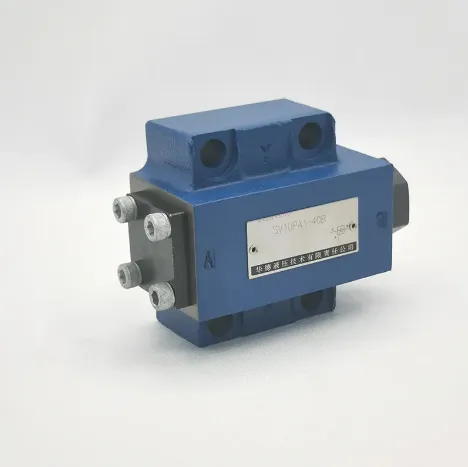
6. Overheating of the Solenoid Coil:
Symptom: The solenoid coil becomes excessively hot during normal operation.
Possible Issue: Overheating may indicate an electrical problem, such as high resistance in the coil circuit or insufficient voltage reaching the solenoid.
7. Failure to Hold Pressure:
Explore more:What is a waste heat recovery boiler and how does it work?Steel Braided Hydraulic Hose: The Strong and Reliable SolutionUnderstanding the Overhead Block ClampCan a 40ft expandable container house be customized?What are Antigravity Motors?Equal Tee: A Comprehensive Guide to Fittings in Plumbing SystemsAnti Corrosive Primer: Protecting Metal Surfaces From CorrosionSymptom: The hydraulic system is unable to maintain pressure, especially when the solenoid valve is in a closed position.
Possible Issue: Internal leakage within the solenoid valve or a failure to fully close can result in pressure loss. This may be due to a damaged spool, seal, or other internal components.
8. Failure to Energize or De-Energize:
Symptom: The solenoid valve remains either constantly energized or de-energized, regardless of control input.
Possible Issue: Electrical issues, such as a faulty solenoid coil or problems with the control circuit, may prevent the valve from responding correctly to input signals.
Steps to Confirm a Faulty Solenoid Valve:
Visual Inspection:
Inspect the solenoid valve for visible signs of damage, such as corrosion, leaks, or physical wear. Check electrical connections for loose wires or damaged insulation.
Electrical Testing:
Use a multimeter to test the solenoid coil for continuity and proper resistance. Verify that the electrical connections are secure and free from corrosion.
Functional Testing:
Conduct functional tests to assess the valve's response to control signals. Monitor the system's behavior during activation and deactivation to identify irregularities.
Pressure Testing:
Perform pressure tests to determine if the solenoid valve maintains pressure as intended. Check for leaks and observe pressure fluctuations.
Cleaning and Maintenance:
If applicable, clean the Huade solenoid valve and associated components to remove debris or contamination. Regular maintenance can prevent issues related to internal sticking or clogging.
Conclusion:
Diagnosing a faulty hydraulic solenoid valve involves a combination of visual inspection, electrical testing, and functional assessment. Prompt identification and resolution of solenoid valve issues are crucial to maintaining the reliability and efficiency of hydraulic systems. If you encounter challenges in diagnosis or require specialized assistance, consider consulting with hydraulic system experts or the equipment manufacturer's technical support.
Explore more:The Power and Efficiency of Heavy Duty Slurry PumpsHow do hammer union seals work?What are the differences between expanding gate valves and other types of valves?What are the common applications of mini ball valves?Advantages and Applications of Butterfly ValvesWhat Is the Best Seal for a Rotating Shaft?How Does a Pallet Inverter Work?




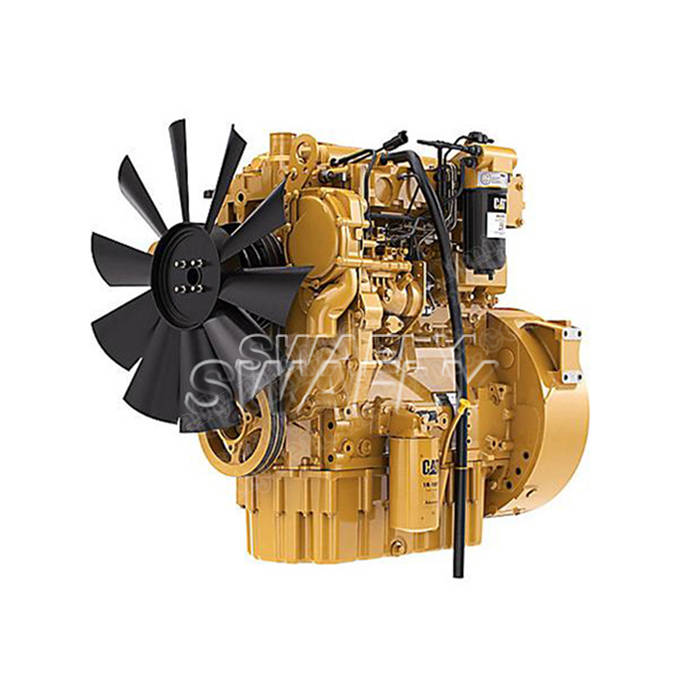
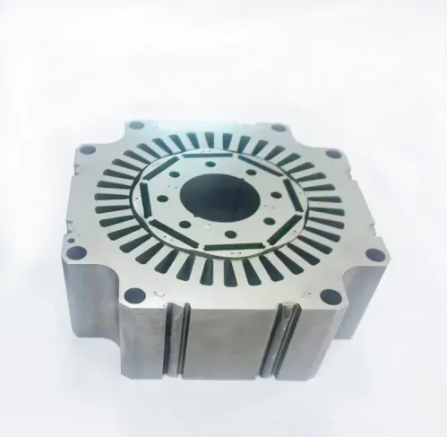
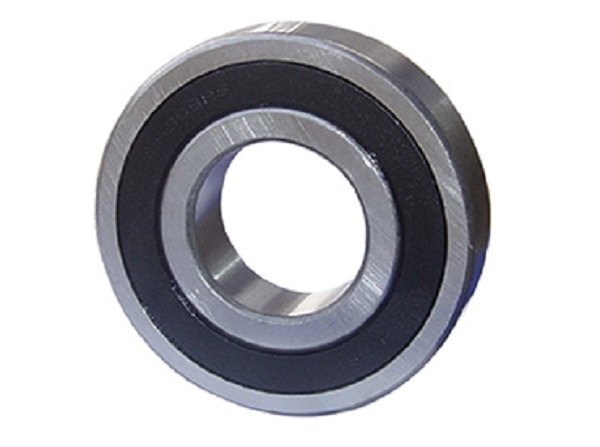
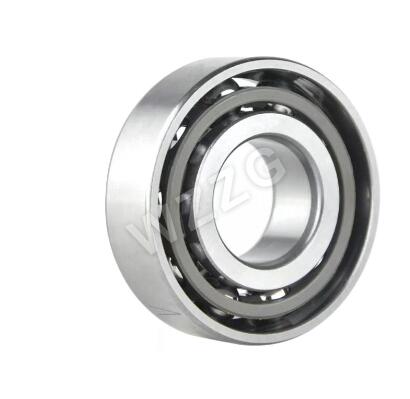
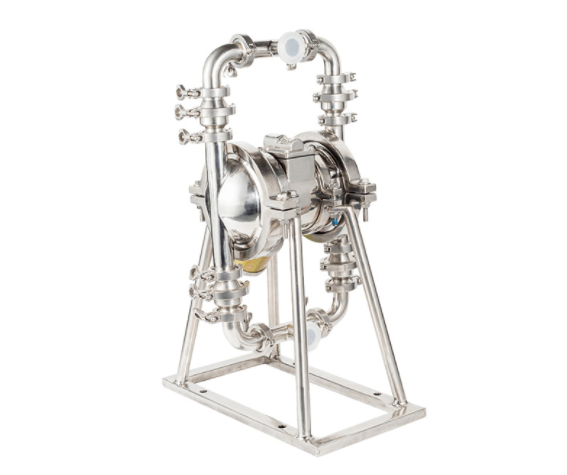
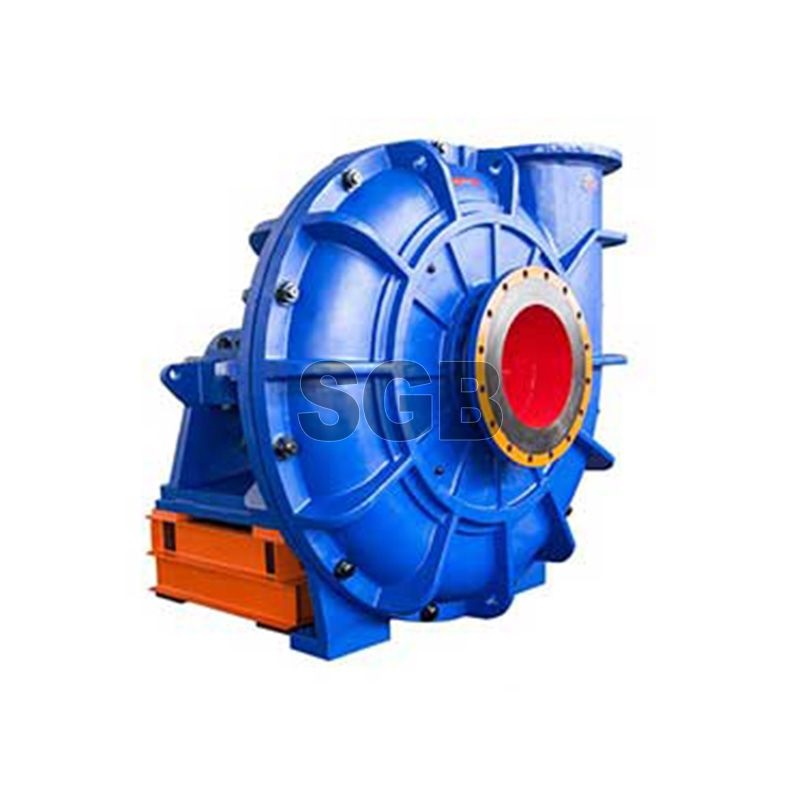
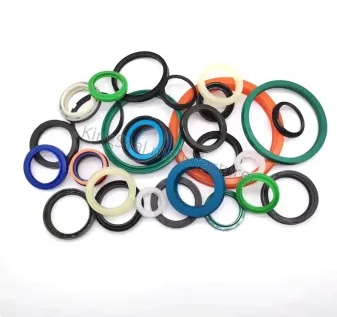
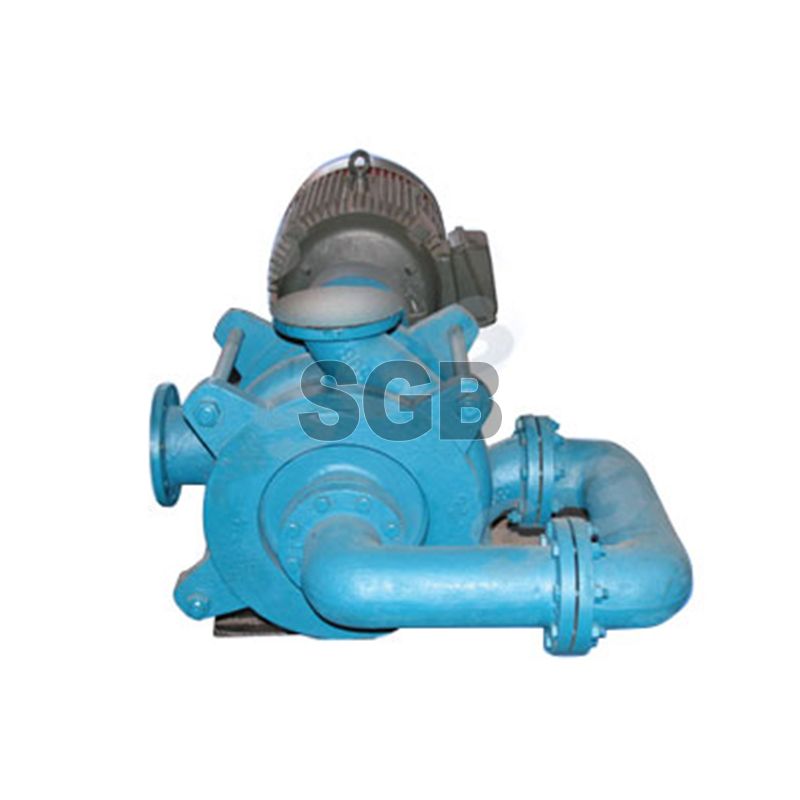
Comments
Please Join Us to post.
0